Home>Furniture & Design>Bathroom Accessories>How Long Does Herpes Live On A Toothbrush
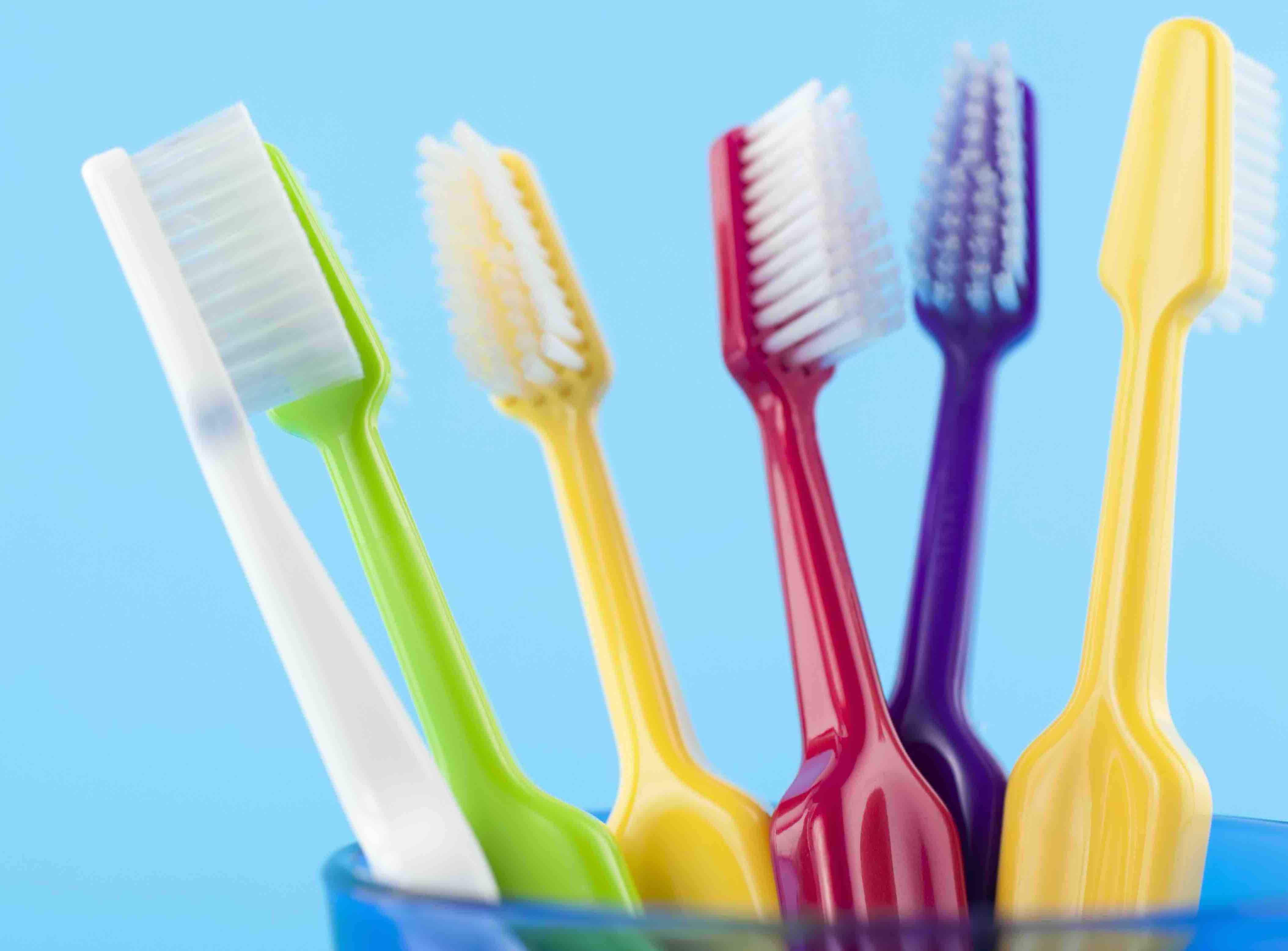

Bathroom Accessories
How Long Does Herpes Live On A Toothbrush
Modified: April 22, 2024
Learn how long herpes can survive on a toothbrush and how to prevent it. Keep your bathroom accessories clean and safe. Find out more here.
(Many of the links in this article redirect to a specific reviewed product. Your purchase of these products through affiliate links helps to generate commission for Storables.com, at no extra cost. Learn more)
Introduction
When it comes to maintaining good hygiene, the toothbrush is a staple tool in our daily routine. However, have you ever wondered about the potential risks associated with sharing a toothbrush, especially in the context of herpes transmission? Understanding the lifespan of herpes on a toothbrush is crucial for preventing the spread of this contagious virus. In this comprehensive guide, we will delve into the intricacies of herpes, explore how long it can survive on a toothbrush, and provide valuable insights into effective preventive measures. Let's embark on this enlightening journey to gain a deeper understanding of herpes and its implications for oral hygiene.
Key Takeaways:
- Herpes can survive on a toothbrush for several hours to a few days, so it’s important to use personalized toothbrushes, store them properly, and replace them regularly to prevent transmission.
- To prevent herpes transmission through toothbrushes, use personalized brushes, store them separately, replace them regularly, clean them thoroughly, and avoid sharing oral care items.
Read more: How Long Does COVID Live On A Toothbrush
Understanding Herpes
Herpes is a highly contagious viral infection caused by the herpes simplex virus (HSV). There are two main types of herpes viruses: HSV-1 and HSV-2. HSV-1 is primarily associated with oral herpes, commonly manifesting as cold sores around the mouth and on the lips. On the other hand, HSV-2 is responsible for genital herpes, which results in painful sores in the genital area. Both types of herpes are easily transmissible through direct contact with the infected area, making it crucial to understand the potential risks associated with the virus.
Once the herpes virus enters the body, it establishes a lifelong infection, with the potential to reactivate periodically. During these reactivation phases, the virus can be shed from the infected area, even in the absence of visible symptoms. This shedding of the virus makes it possible for herpes to spread to others, posing a significant challenge in preventing its transmission.
In the context of oral herpes, the virus can be present in the saliva of an infected individual, especially during active outbreaks. This means that any object coming into contact with the infected saliva, such as a toothbrush, has the potential to harbor the virus and facilitate its transmission to others. Understanding the nature of the herpes virus and its ability to survive outside the body is essential for implementing effective preventive measures, particularly when it comes to shared items like toothbrushes.
By gaining insight into the behavior of the herpes virus and its potential for transmission, individuals can make informed decisions to protect themselves and others from the risk of infection. This knowledge forms the foundation for developing strategies to minimize the spread of herpes, particularly in settings where personal hygiene items are shared among individuals. With this understanding in place, we can now explore the specific factors that determine how long herpes can survive on a toothbrush, as well as practical steps to mitigate the risk of transmission.
How Long Herpes Can Live on a Toothbrush
The survival of the herpes virus on a toothbrush is influenced by various factors, including environmental conditions and the moisture present on the bristles. Research indicates that the herpes virus can remain viable on inanimate surfaces for a limited period, and a toothbrush is no exception. While the exact duration of survival can vary, studies have suggested that the herpes virus can persist on a toothbrush for several hours to a few days under favorable conditions.
The moisture present on a toothbrush, particularly after each use, can create an environment conducive to the survival of the herpes virus. When an individual with oral herpes uses a toothbrush, the virus can potentially contaminate the bristles and other surfaces of the toothbrush. In such instances, the virus can remain viable for a certain period, posing a risk of transmission to others who may come into contact with the contaminated toothbrush.
It's important to note that the survival of the herpes virus on a toothbrush is not indefinite. Factors such as exposure to air, temperature variations, and the absence of a host (human cells) contribute to the gradual inactivation of the virus. While the exact duration of viability may vary, taking proactive measures to minimize the risk of herpes transmission through toothbrushes is essential.
Understanding the potential lifespan of the herpes virus on a toothbrush underscores the importance of practicing good hygiene and implementing preventive strategies. By being mindful of the implications of herpes transmission through shared toothbrushes, individuals can take proactive steps to mitigate the risk and protect themselves and others from potential infection.
In the subsequent section, we will delve into effective preventive measures to minimize the risk of herpes transmission through toothbrushes, empowering individuals to make informed choices and prioritize oral hygiene while safeguarding against the spread of contagious viruses.
It is recommended to replace your toothbrush after a herpes outbreak to prevent the virus from lingering on the bristles. Additionally, consider using a toothbrush sanitizer to further reduce the risk of spreading the virus.
Preventing Herpes Transmission through Toothbrushes
Preventing the transmission of herpes through toothbrushes is paramount in maintaining good oral hygiene and minimizing the risk of contagion. Implementing effective preventive measures can significantly reduce the likelihood of herpes transmission, safeguarding individuals from potential infection. Here are practical strategies to mitigate the risk of herpes transmission through toothbrushes:
-
Personalized Toothbrushes: Encouraging the use of personalized toothbrushes within households or shared living spaces can help minimize the risk of cross-contamination. By assigning specific toothbrushes to each individual, the potential for herpes transmission is significantly reduced, as each person has their dedicated oral hygiene tool.
-
Proper Storage: Storing toothbrushes in a manner that minimizes contact between the bristles can help prevent the spread of herpes. Utilizing individual toothbrush holders or maintaining adequate spacing between toothbrushes in communal storage areas can reduce the likelihood of cross-contamination.
-
Regular Replacement: Advocating for the regular replacement of toothbrushes is essential for maintaining optimal oral hygiene and minimizing the risk of herpes transmission. Replacing toothbrushes at recommended intervals, especially after an individual experiences an active herpes outbreak, can help prevent the persistence of the virus on the bristles.
-
Thorough Cleaning: Encouraging thorough cleaning of toothbrushes after each use can help mitigate the risk of herpes transmission. Rinsing the toothbrush thoroughly with water and allowing it to air dry can help reduce the moisture that supports the survival of the herpes virus on the bristles.
-
Individual Oral Care Items: Promoting the use of individual oral care items, such as toothpaste and mouthwash, can further minimize the risk of herpes transmission. By avoiding shared oral care products, individuals can reduce the potential for cross-contamination and mitigate the spread of the virus.
-
Educational Awareness: Raising awareness about the potential risks of herpes transmission through shared toothbrushes is crucial for empowering individuals to make informed choices. Providing educational resources and promoting open discussions about oral hygiene and contagious viruses can foster a proactive approach to preventing herpes transmission.
By implementing these preventive measures, individuals can effectively mitigate the risk of herpes transmission through toothbrushes, promoting optimal oral hygiene and minimizing the potential for contagion. These strategies empower individuals to prioritize their health and well-being while fostering a hygienic environment that reduces the risk of viral transmission.
Conclusion
In conclusion, understanding the dynamics of herpes transmission through toothbrushes is essential for promoting optimal oral hygiene and minimizing the risk of contagion. The herpes virus, particularly HSV-1, can potentially survive on a toothbrush for several hours to a few days under favorable conditions, highlighting the importance of implementing effective preventive measures. By recognizing the potential for herpes transmission through shared toothbrushes, individuals can take proactive steps to mitigate the risk and protect themselves and others from potential infection.
The insights gained from exploring the lifespan of the herpes virus on a toothbrush underscore the significance of personalized oral hygiene practices and thoughtful preventive strategies. Encouraging the use of personalized toothbrushes within households or shared living spaces can significantly reduce the risk of cross-contamination, empowering individuals to take ownership of their oral health. Additionally, proper storage, regular replacement, thorough cleaning, and the promotion of individual oral care items serve as foundational pillars in minimizing the potential for herpes transmission through toothbrushes.
By fostering educational awareness and promoting open discussions about oral hygiene and contagious viruses, individuals can make informed choices to safeguard against the spread of herpes. Empowering individuals with knowledge about the risks associated with herpes transmission through toothbrushes enables them to prioritize their health and well-being while contributing to a hygienic environment that reduces the potential for viral contagion.
Ultimately, the proactive implementation of preventive measures and the cultivation of a culture that prioritizes personalized oral hygiene can significantly mitigate the risk of herpes transmission through toothbrushes. By embracing these strategies, individuals can uphold their commitment to maintaining optimal oral health while minimizing the potential for contagion, thereby contributing to a healthier and more informed community.
In essence, the journey to understanding the lifespan of herpes on a toothbrush has equipped us with valuable insights into the proactive measures necessary to protect against the transmission of contagious viruses. By integrating these insights into our daily oral hygiene practices, we can foster a culture of wellness and responsibility, ensuring that oral hygiene remains a cornerstone of overall well-being while mitigating the risk of herpes transmission through shared toothbrushes.
Frequently Asked Questions about How Long Does Herpes Live On A Toothbrush
Was this page helpful?
At Storables.com, we guarantee accurate and reliable information. Our content, validated by Expert Board Contributors, is crafted following stringent Editorial Policies. We're committed to providing you with well-researched, expert-backed insights for all your informational needs.
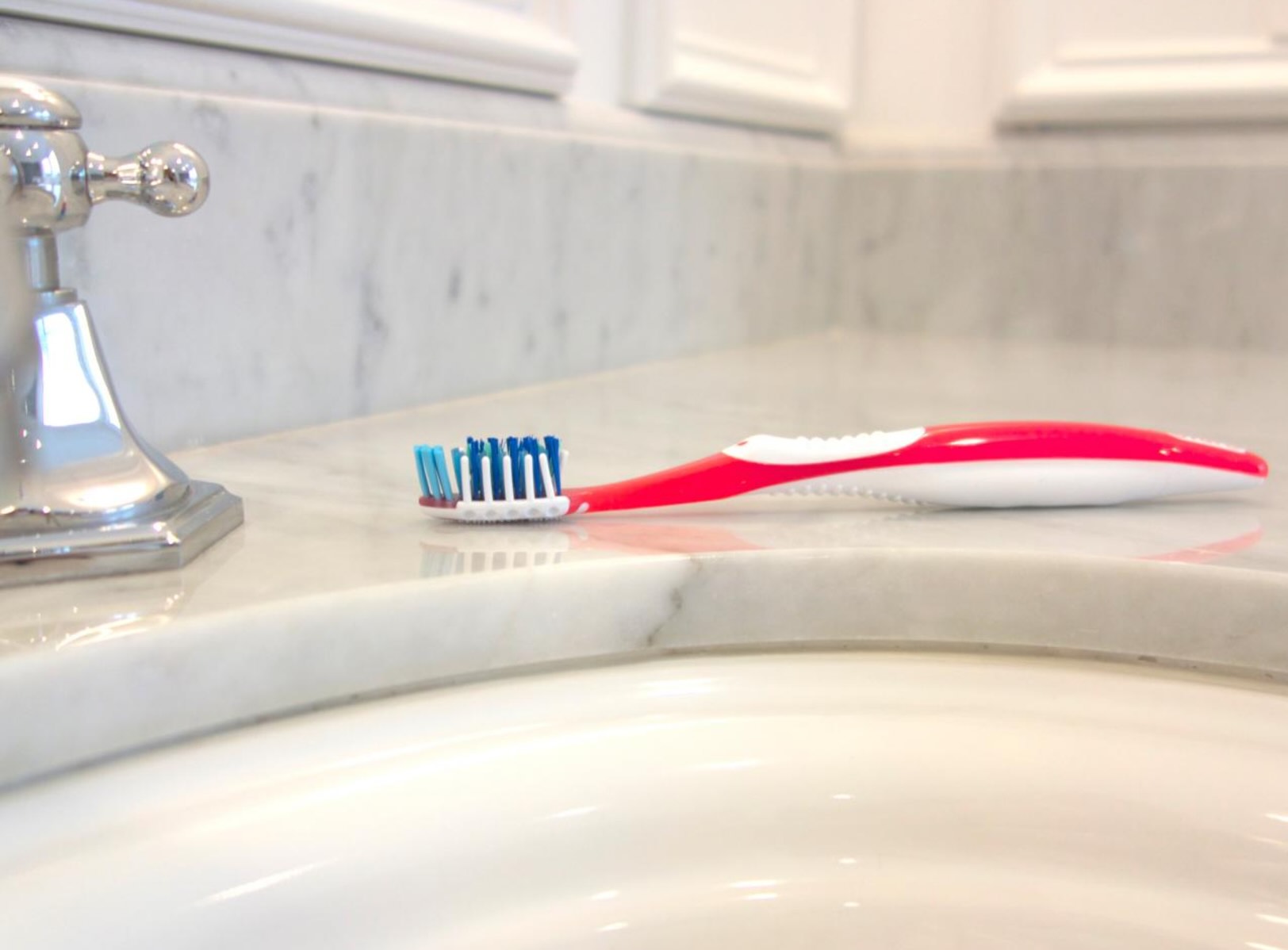
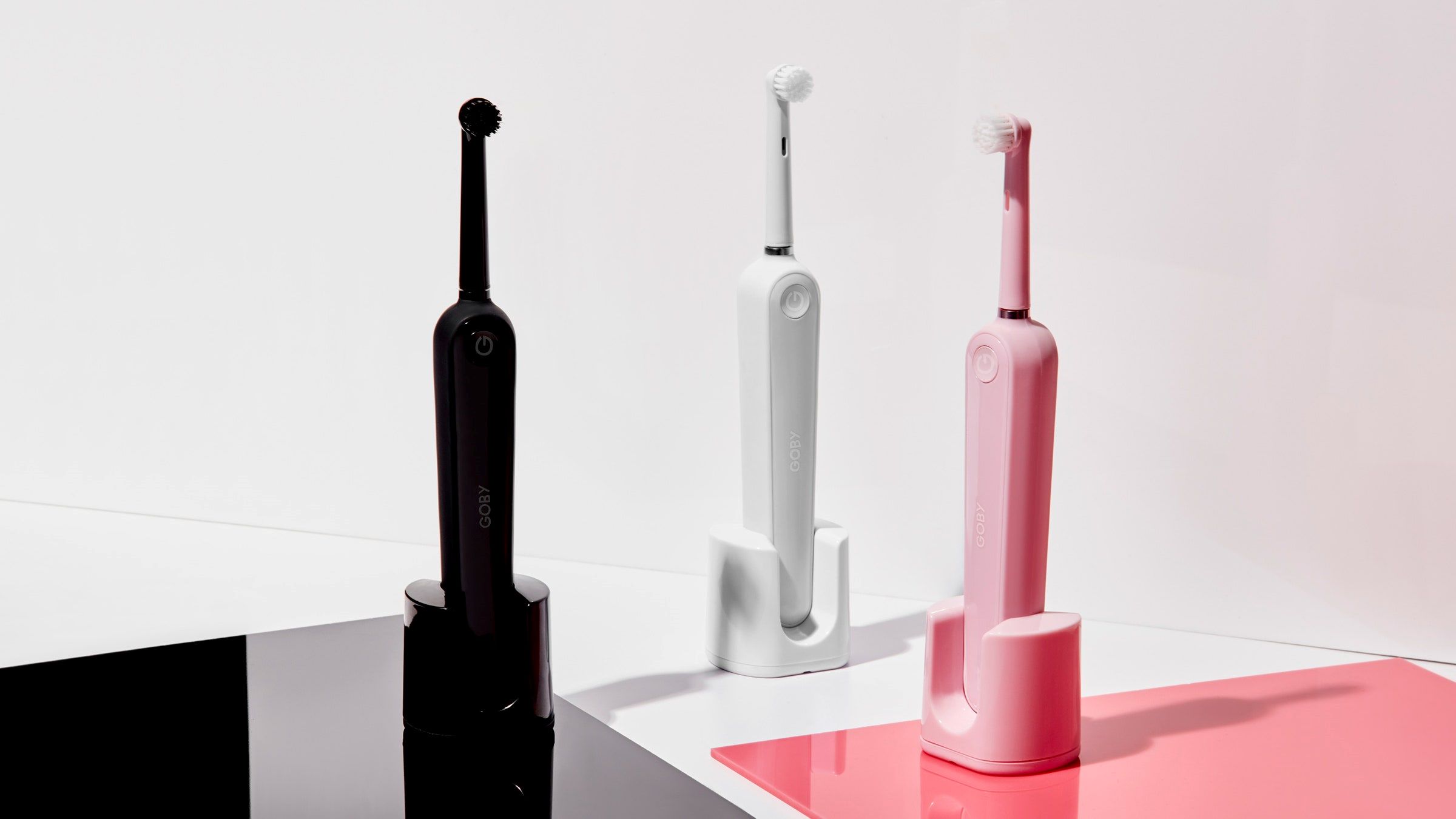

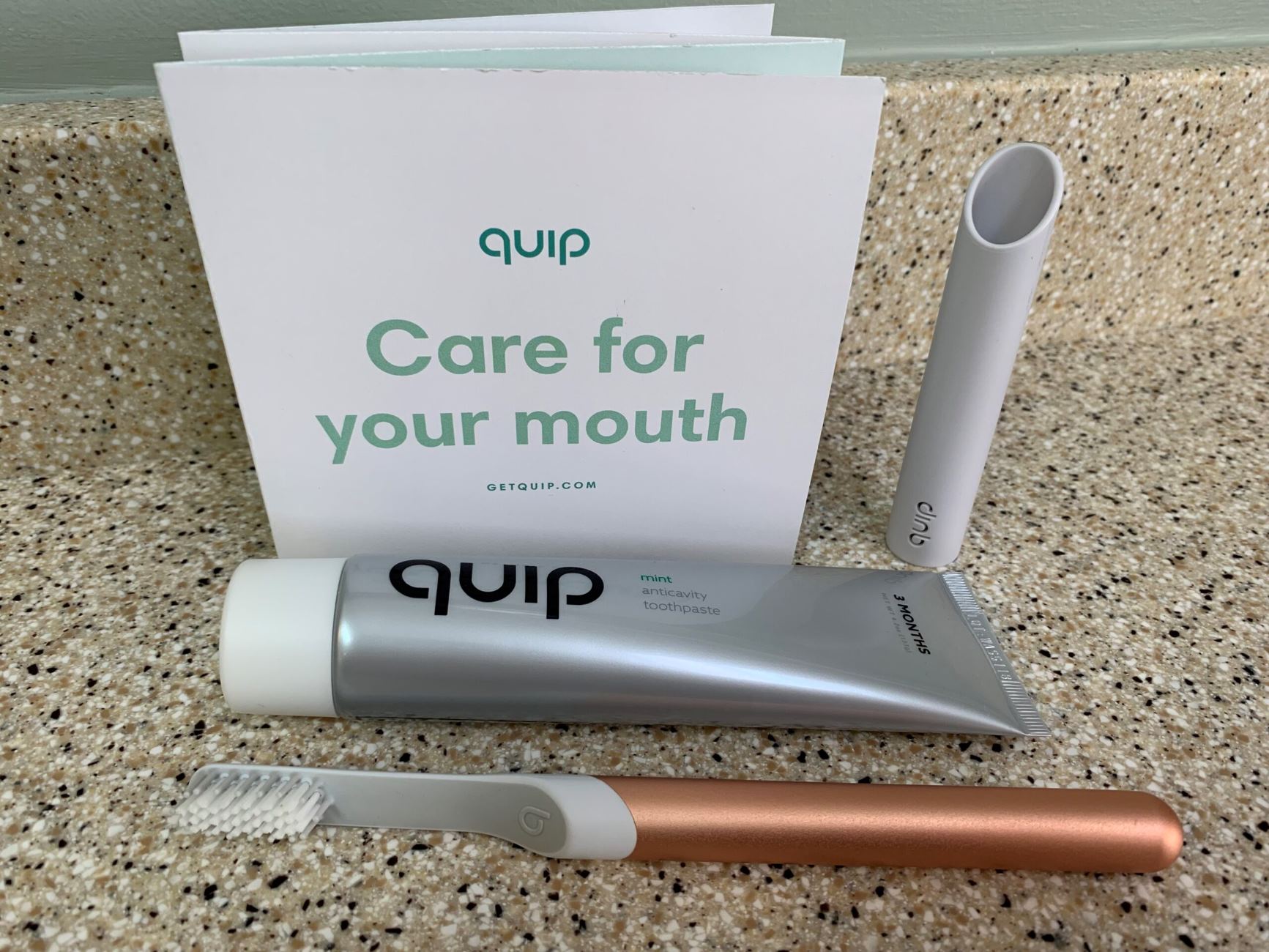
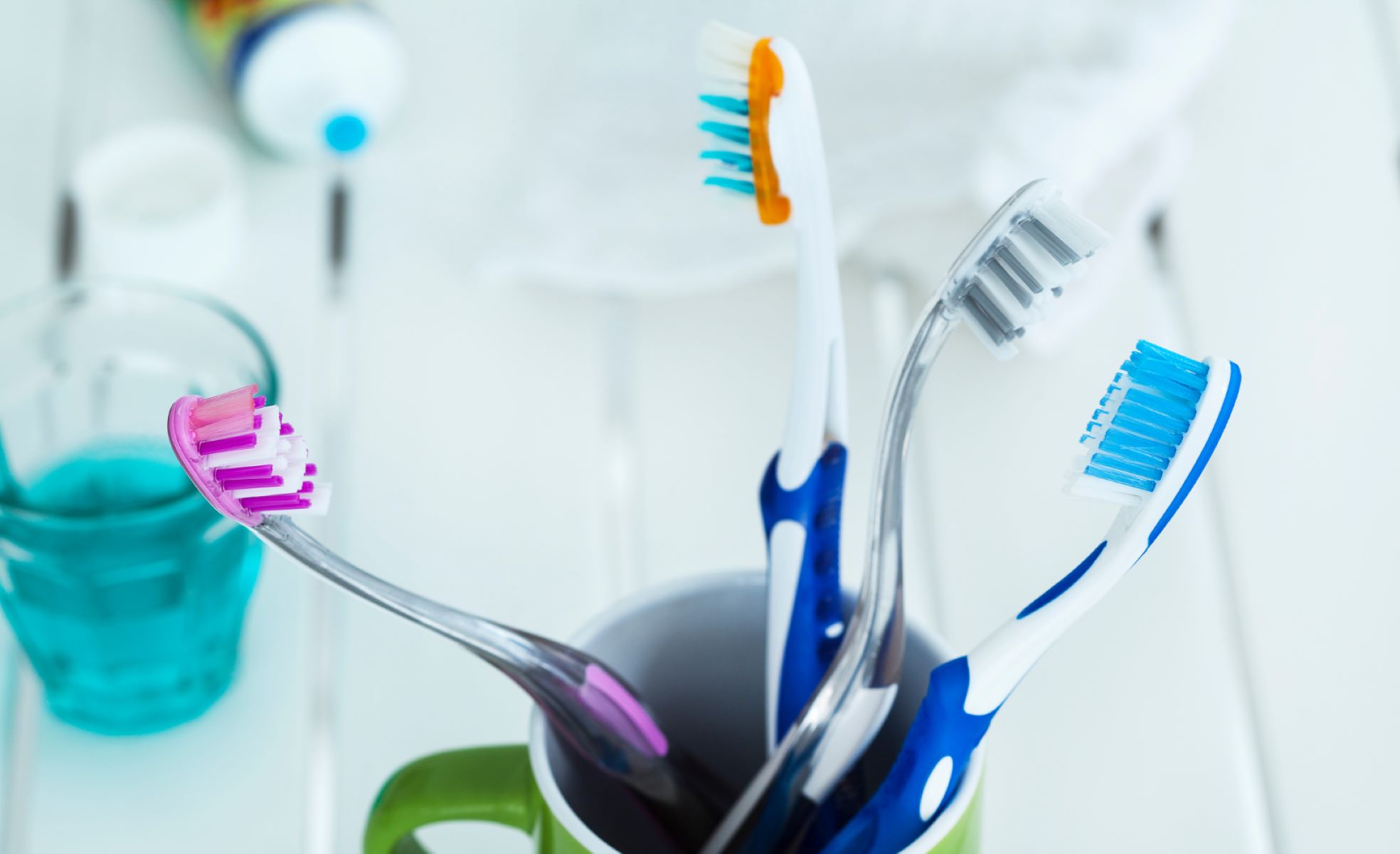
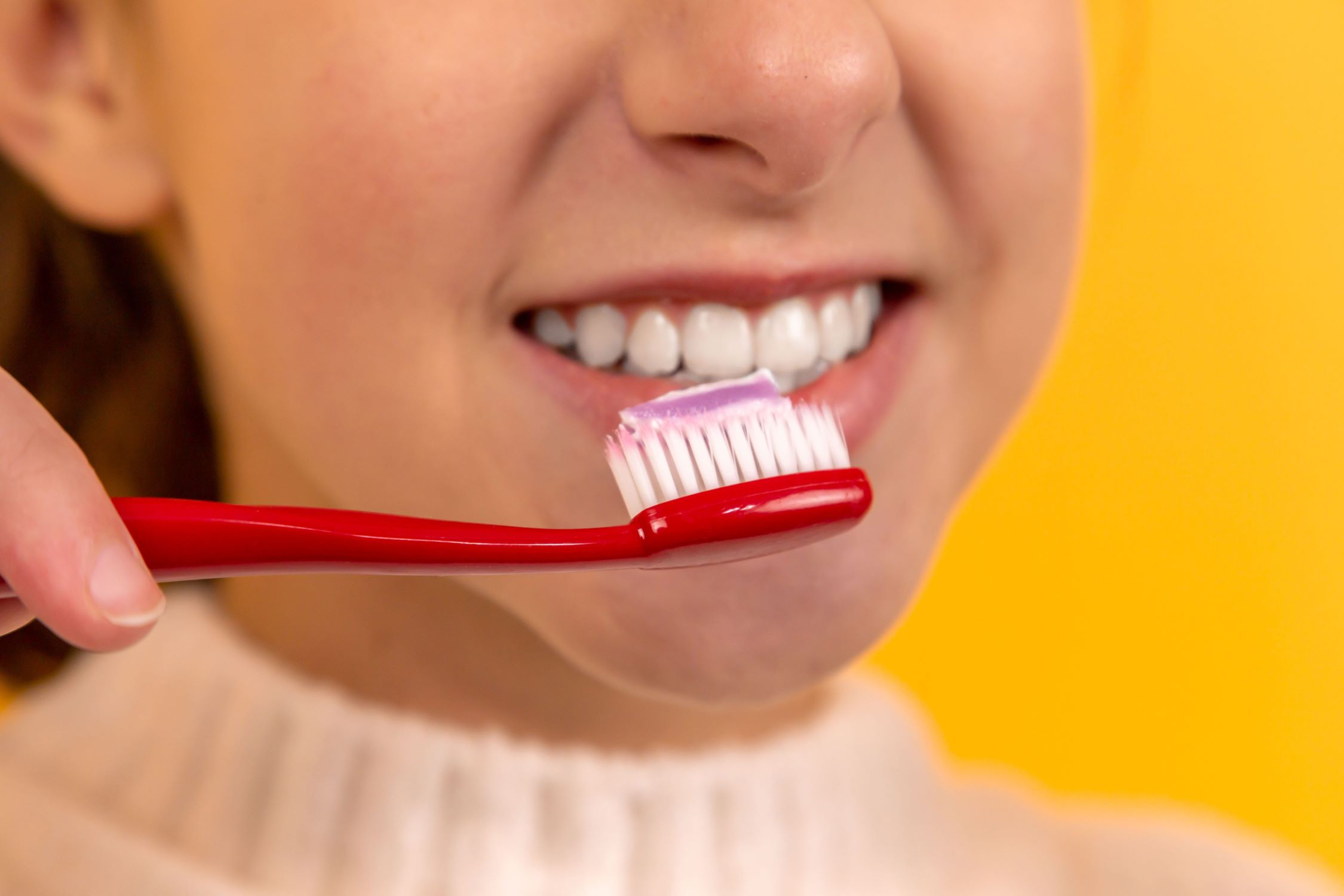
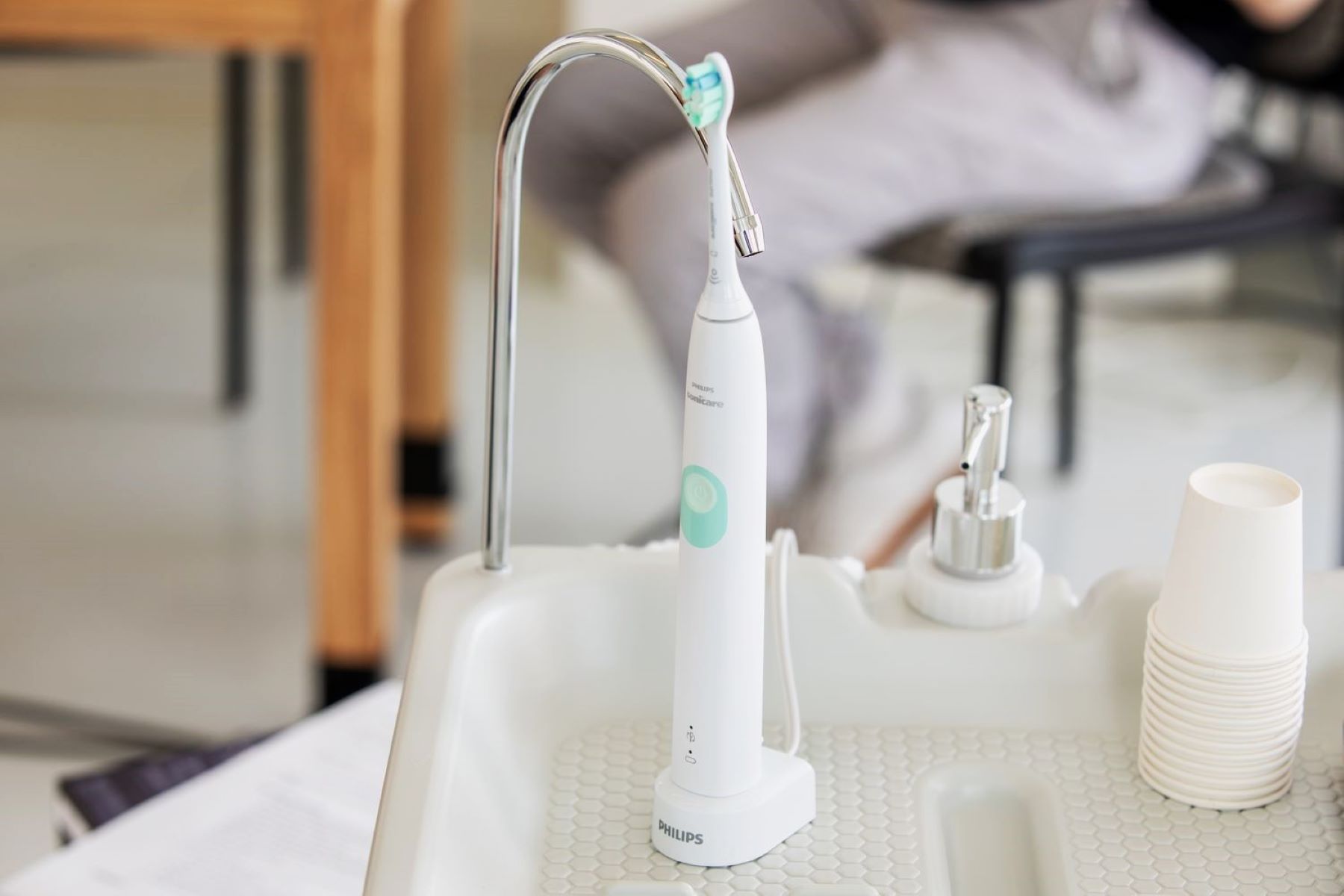
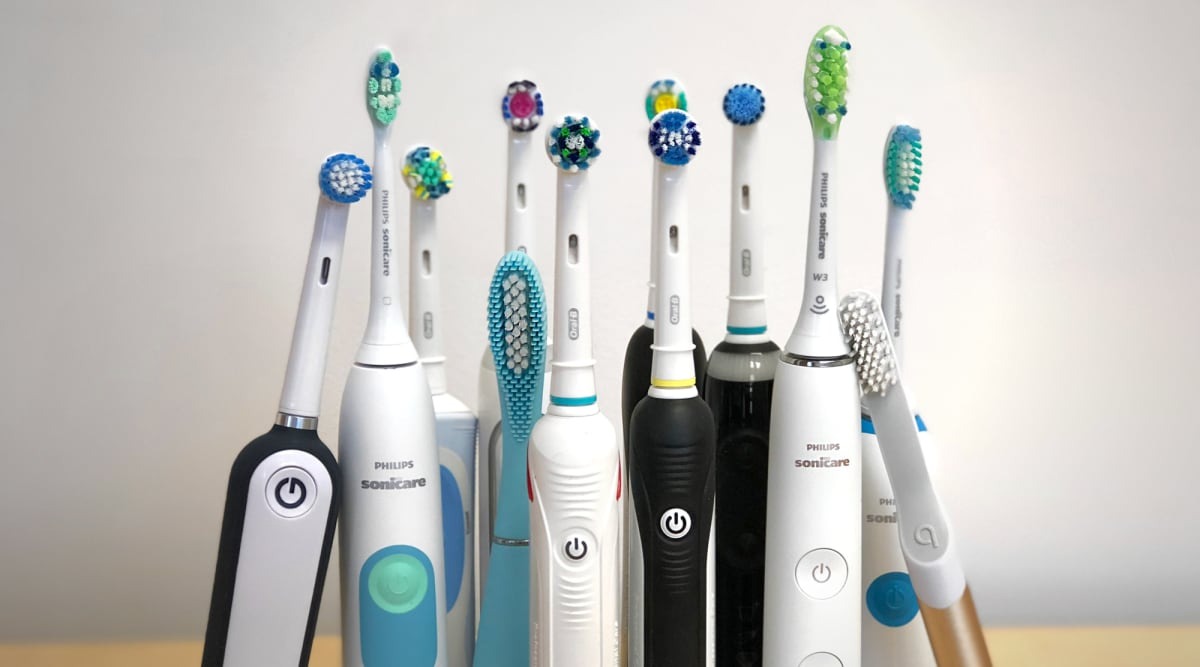



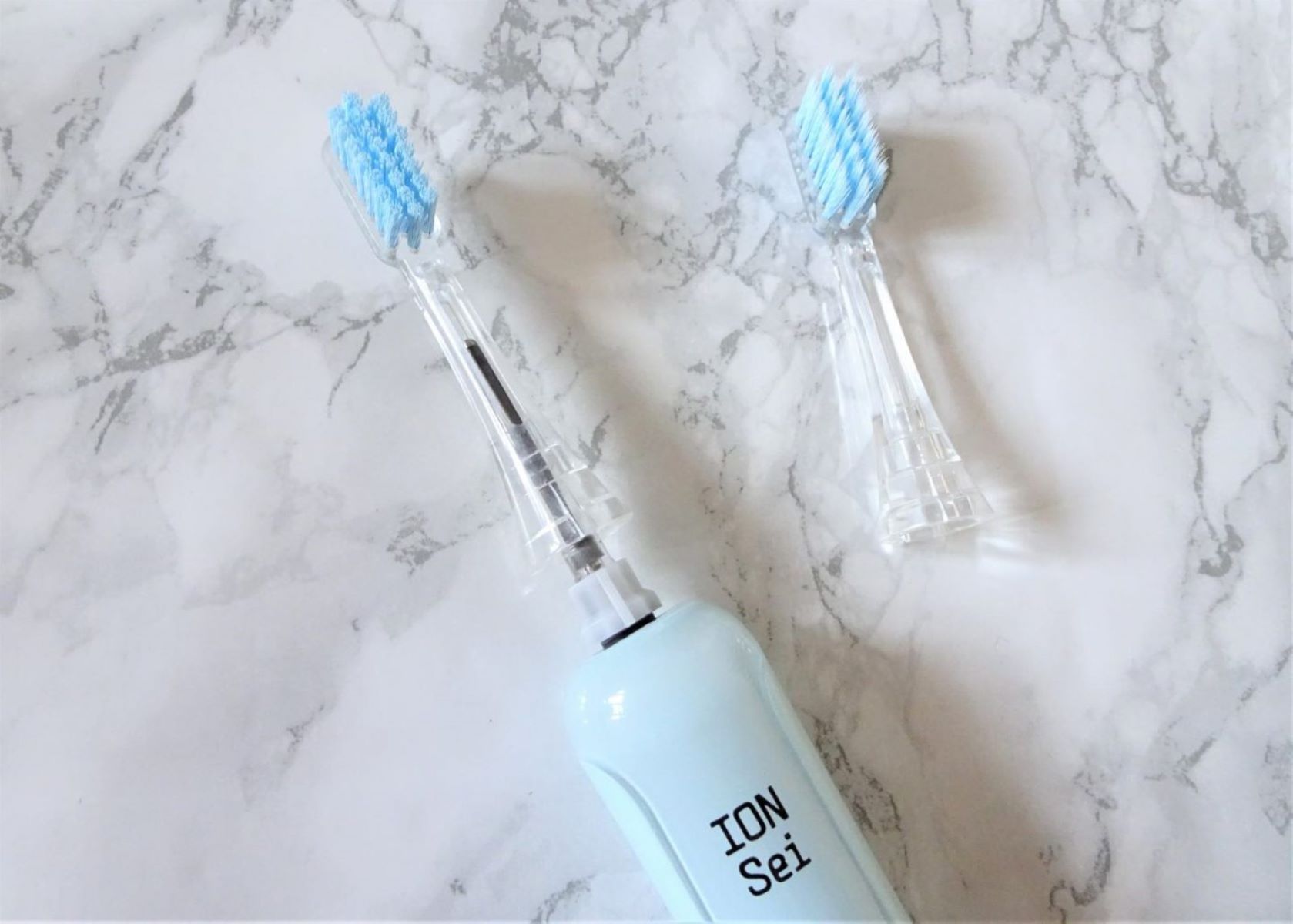
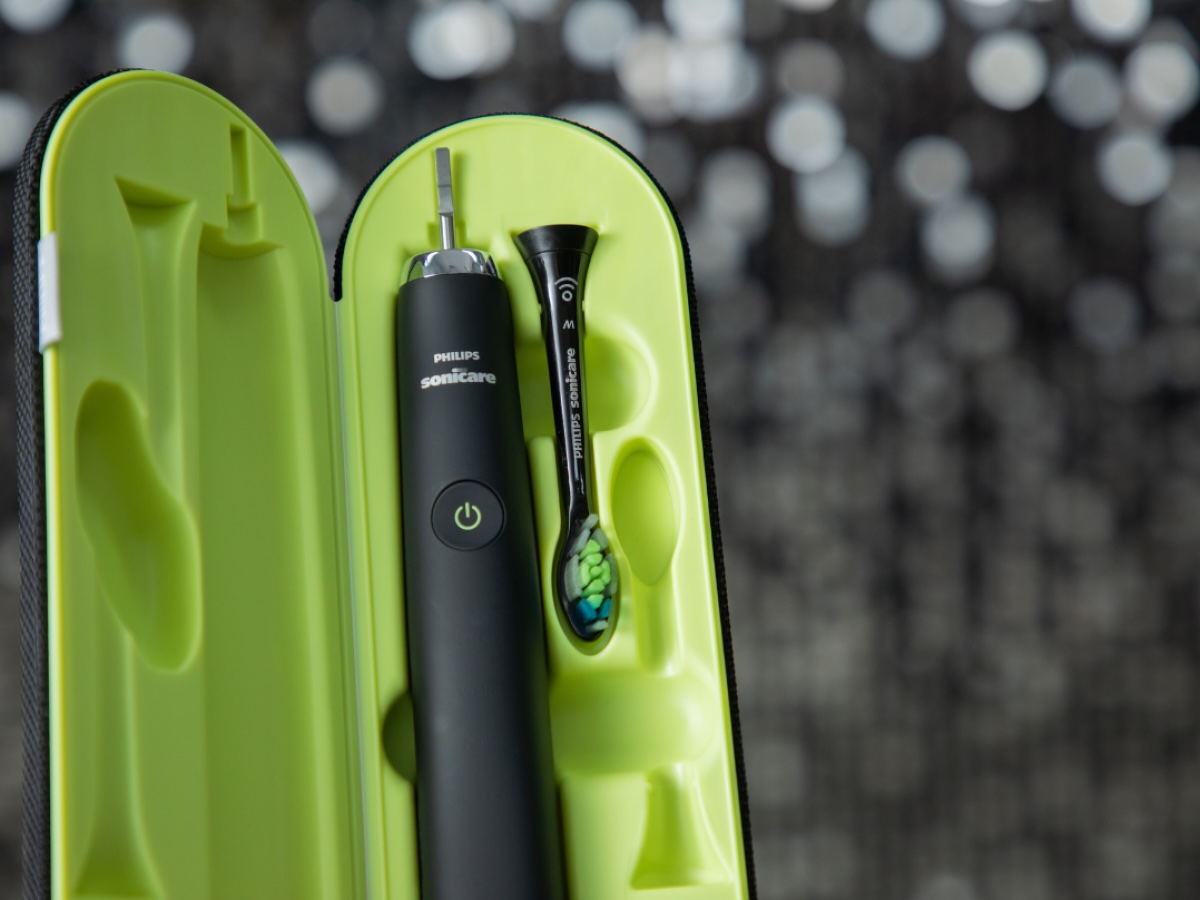
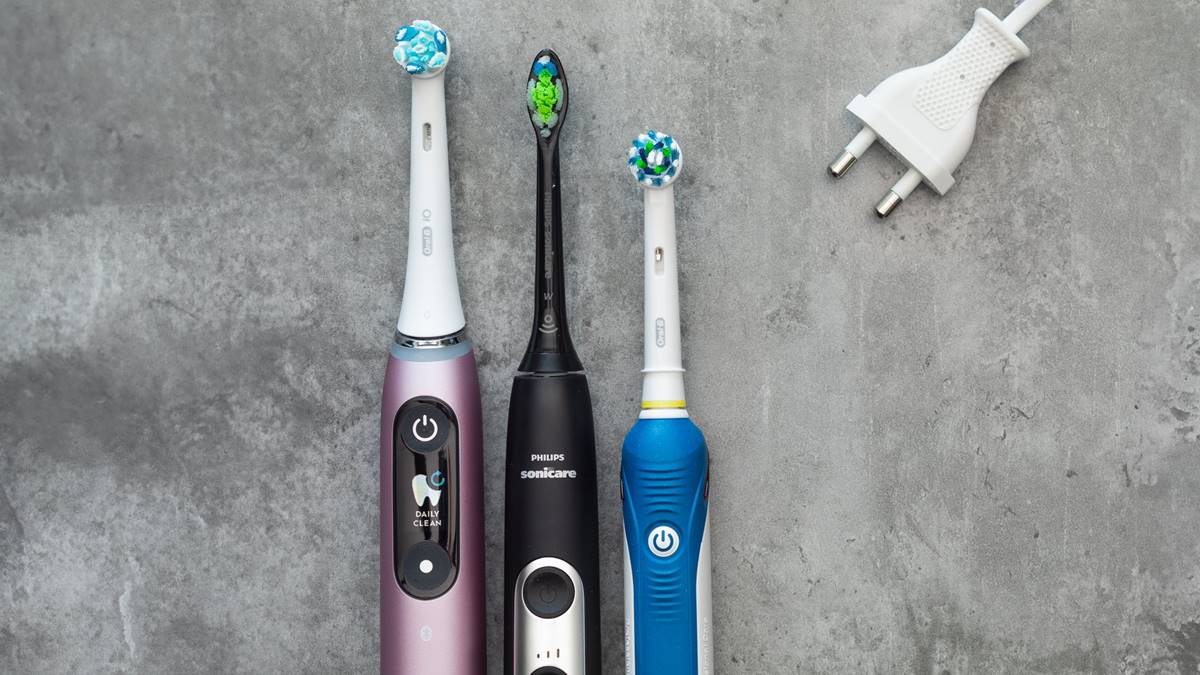
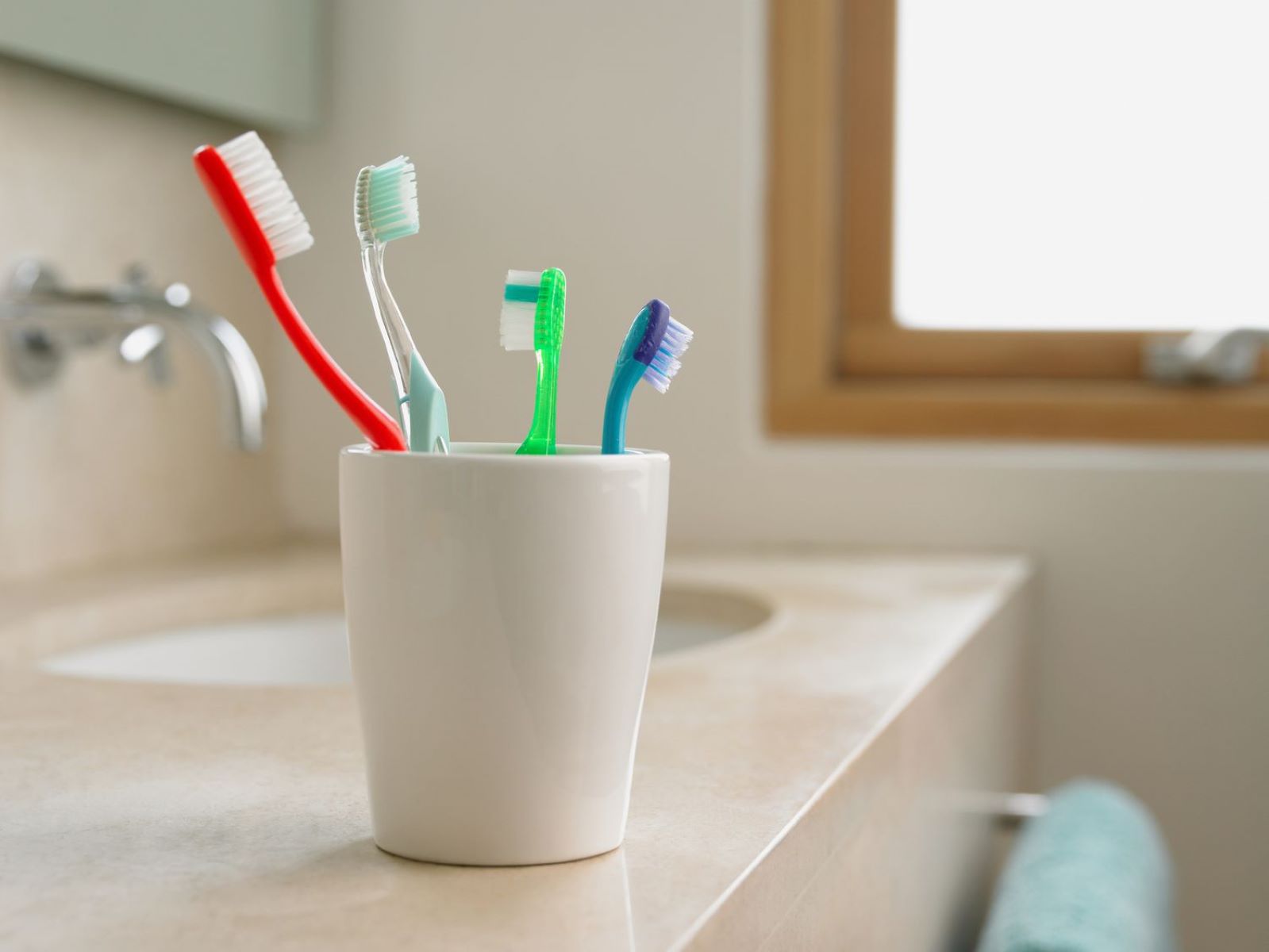

0 thoughts on “How Long Does Herpes Live On A Toothbrush”